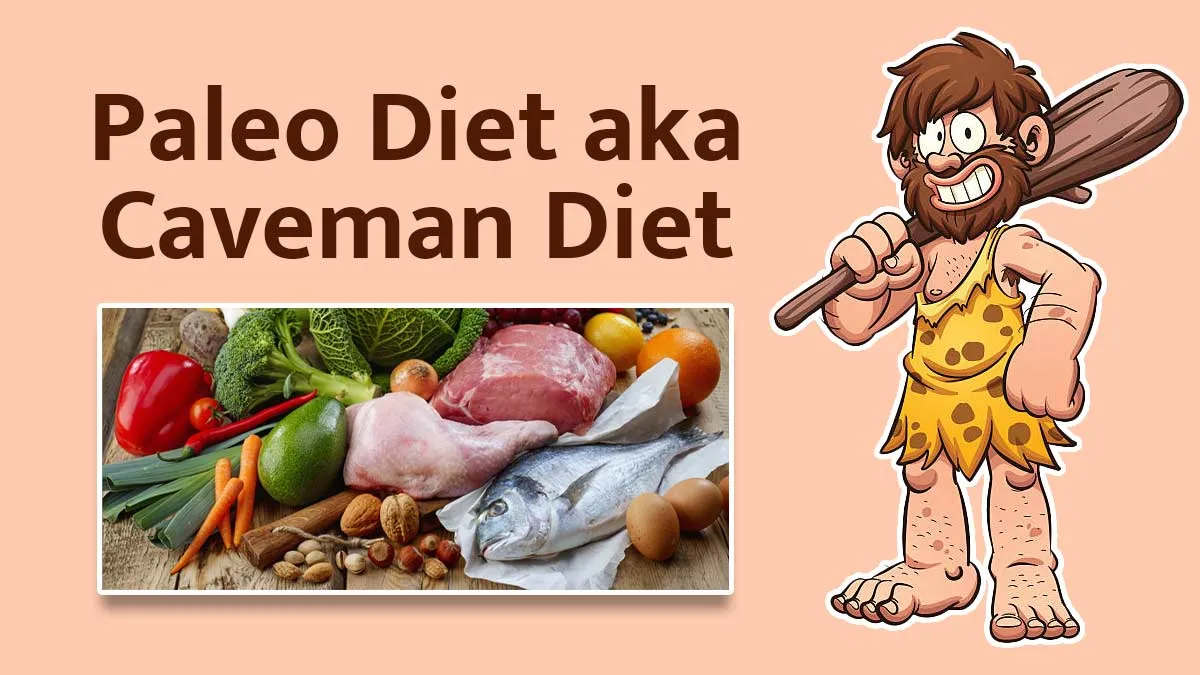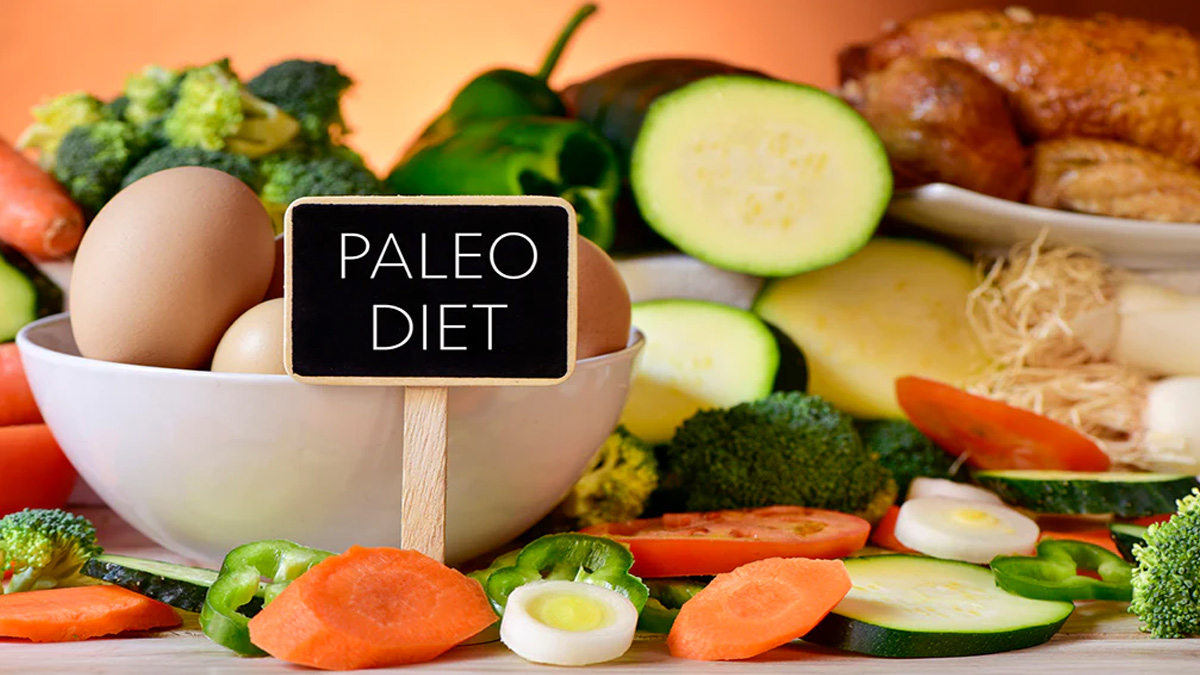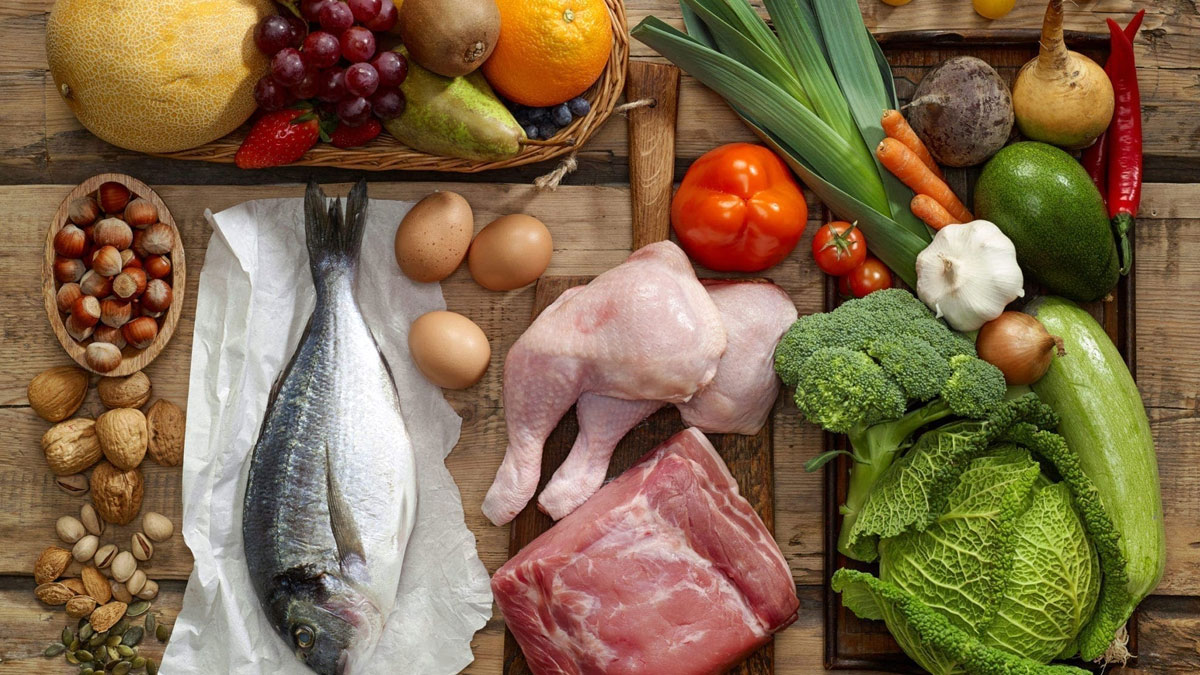
People are always looking for new and unique ways to lose weight. From counting calories to cutting carbs, there’s no shortage of diet plans out there. One approach that has gained attention is looking back at how our ancient ancestors ate. The idea is simple: maybe our bodies are better suited to the foods humans ate thousands of years ago. This thinking led to the creation of the Paleo Diet, also called the “caveman diet.” But is this diet right for you? Let’s explore its benefits, risks, and what you can eat.
Table of Content:-
What Is the Paleo Diet?![plaeo diet 2 - 2025-05-23T122434.479]()
The Paleo Diet is based on the foods thought to be eaten by humans during the Palaeolithic era, which was about 2.5 million to 10,000 years ago. According to Sakshi Singh, Nutritionist, Dietetic Place, Lucknow, the main rule is to avoid anything processed. If it looks like it was made in a factory, skip it. The diet includes:
- Lean meats and fish
- Fruits and vegetables
- Nuts and seeds
- Roots and tubers
The Paleo Diet cuts out dairy, grains, sugar, legumes, processed oils, salt, alcohol, and coffee. Supporters believe that eating like our ancestors can help us lose weight and avoid modern diseases.
ALSO READ: Does the Atkins Diet Help In Losing Weight? Things To Know Before You Start
Benefits of the Paleo Diet![paleo aka caveman diet 1 - 2025-05-23T122433.095]()
The expert says the Paleo Diet can help people eat more whole foods and fewer processed items. This often leads to weight loss, better blood sugar control, and improved cholesterol levels. Many people also report feeling less bloated and more energetic.
A study found that people following the Paleo Diet lost more weight and had a smaller waist size compared to those on other diets. The same study showed better control of blood pressure and cholesterol. Experts believe this is mostly because the diet is rich in fruits, vegetables, and lean proteins, and cuts out foods high in sugar and unhealthy fats.
Another study published in the Nutrition Journal found that people on the Paleo Diet lost an average of 3.5 kilograms and had a lower body mass index (BMI) than those on other diets. However, the study also showed that the Paleo Diet is not necessarily better than other healthy diets for everyone. The key to weight loss is eating fewer calories and focusing on food quality, not just following a specific diet.
Risks and Things to Watch Out For
The Paleo Diet is not perfect for everyone. By cutting out whole food groups like grains, dairy, and legumes, you may miss out on important nutrients like calcium, vitamin D, and fibre. This can increase the risk of weak bones or digestive problems. Some people on the Paleo Diet report side effects like headaches, tiredness, or stomach issues, especially in the beginning.
Eating too much red meat and not enough variety can also raise the risk of heart disease. Experts recommend keeping red meat to a minimum and focusing on lean meats, fish, and lots of plant foods.
What Can You Eat on the Paleo Diet?![paleo diet things to eat 3 - 2025-05-23T122436.058]()
Here’s a simple guide to what’s allowed and what’s not:
Eat:
- Fresh fruits and vegetables
- Lean meats (chicken, turkey, beef, fish)
- Nuts and seeds
- Eggs
- Healthy fats (olive oil, coconut oil)
Avoid:
- Dairy products (milk, cheese, yoghurt)
- Grains (wheat, rice, oats)
- Legumes (beans, lentils, peanuts)
- Processed foods and sugar
- Salt, alcohol, and coffee
ALSO READ: Natural Pink Eggs: Expert Shares Benefits of Dyeing Hard-Boiled Eggs Using Beetroot Juice
Conclusion
The Paleo Diet can help some people lose weight and eat healthier by focusing on whole foods and cutting out processed items. Varnit Yadav suggests that if you want to try this diet, make sure you still get enough nutrients by eating a variety of foods. Always talk to a doctor or nutritionist before making big changes to your diet, especially if you have health conditions. Remember, the best diet is one that fits your lifestyle and helps you feel your best.
Also watch this video
How we keep this article up to date:
We work with experts and keep a close eye on the latest in health and wellness. Whenever there is a new research or helpful information, we update our articles with accurate and useful advice.
Current Version


